Legendary designer Gordon Murray, who created the trailblazing McLaren F1, has unveiled an all-new £2.5 million three-seat ultra-lightweight hypercar that, he believes, will beat all rivals – including the Aston Martin Valkyrie and Mercedes-AMG One – for “purity, sense of purpose and ground-breaking technology” when it appears in 2022.
The car will be made in a batch of 100 units over one year by Murray’s own manufacturing company, Gordon Murray Automotive (GMA). It will feature revolutionary ‘fan car’ technology to generate aerodynamic downforce and improve cornering grip. The system is similar to one pioneered by Murray in the controversial 1978 Brabham BT46B Formula 1 car, which won its only grand prix before being withdrawn from competition.
UPDATED: The 650bhp T50 has now been fully revealed
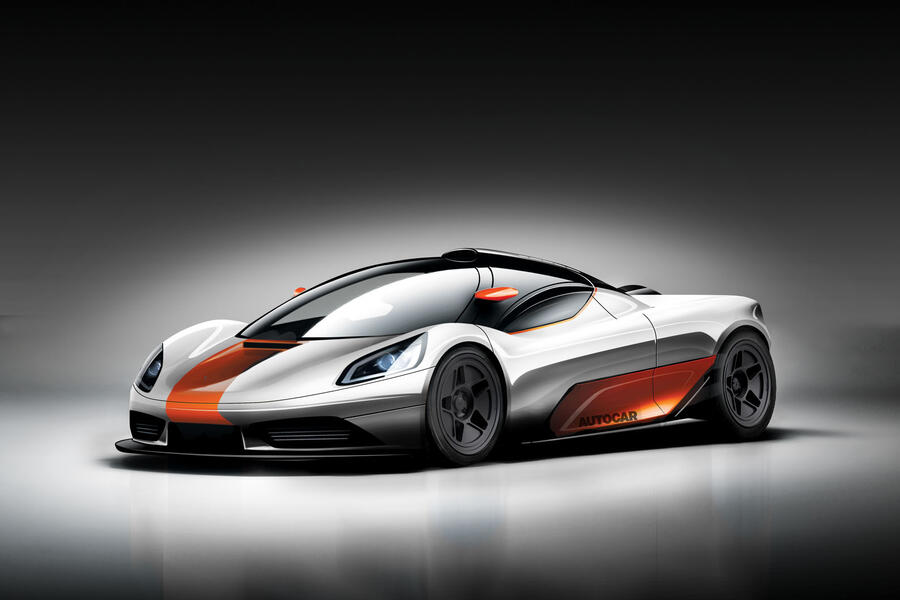
Called the T.50 in recognition of the British designer’s half century of building own-design cars, the new hypercar is an all-carbonfibre, mid-engined, rear-wheel-drive design. It is slightly longer than his 1993 F1 but still smaller than a Porsche 911, at just under 4.4m long.
The T.50 is also remarkably light, at 980kg. That undercuts the then-featherweight BMW V12-engined F1 by a cool 120kg and beats today’s supercar crop by 400kg to 600kg.
The T.50 is powered by a compact and lightweight 641bhp 3.9-litre normally aspirated V12 engine, created by GMA in co-operation with Cosworth. The transmission is a classic six-speed stick-shift manual gearbox built by Xtrac. Although the T.50 uses a 48V electrical system to power the 400mm-diameter fan that creates most of its downforce, the car will not use hybrid tech because Murray feels it’s too heavy and complex. He noted that the T.50 draws efficiency from a lightweight design.

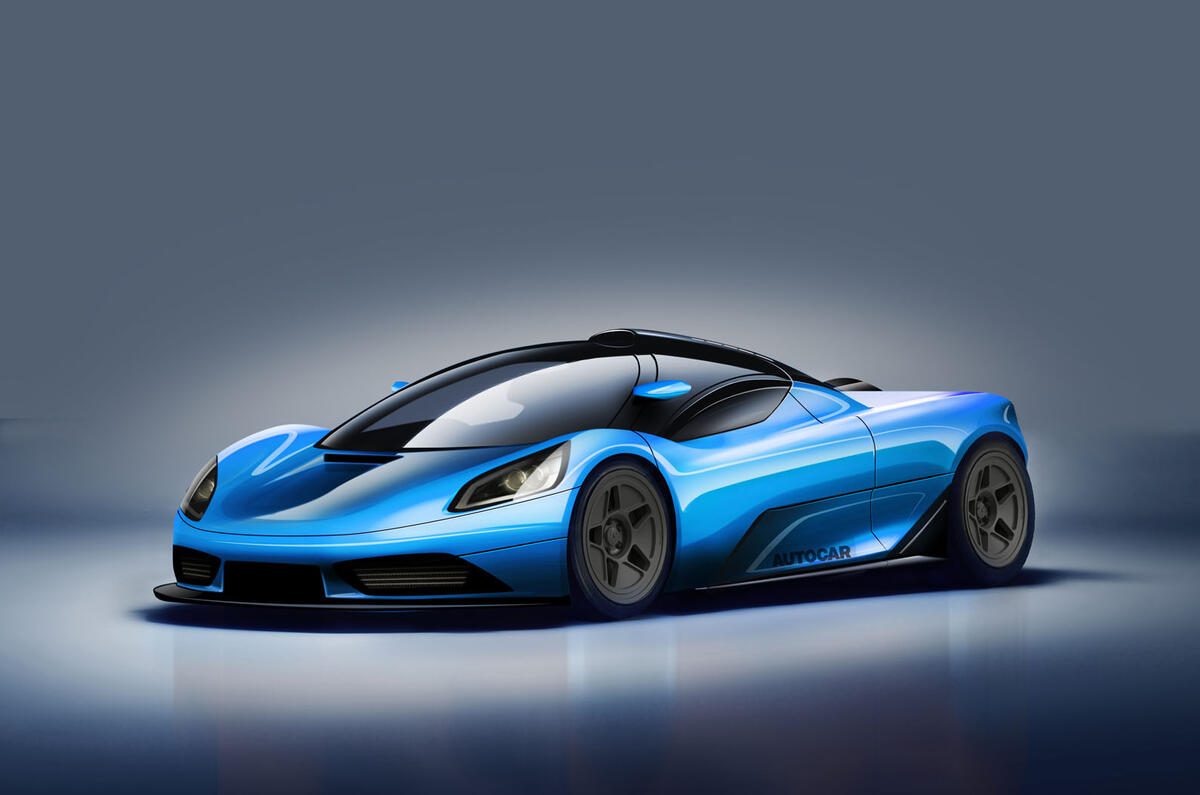
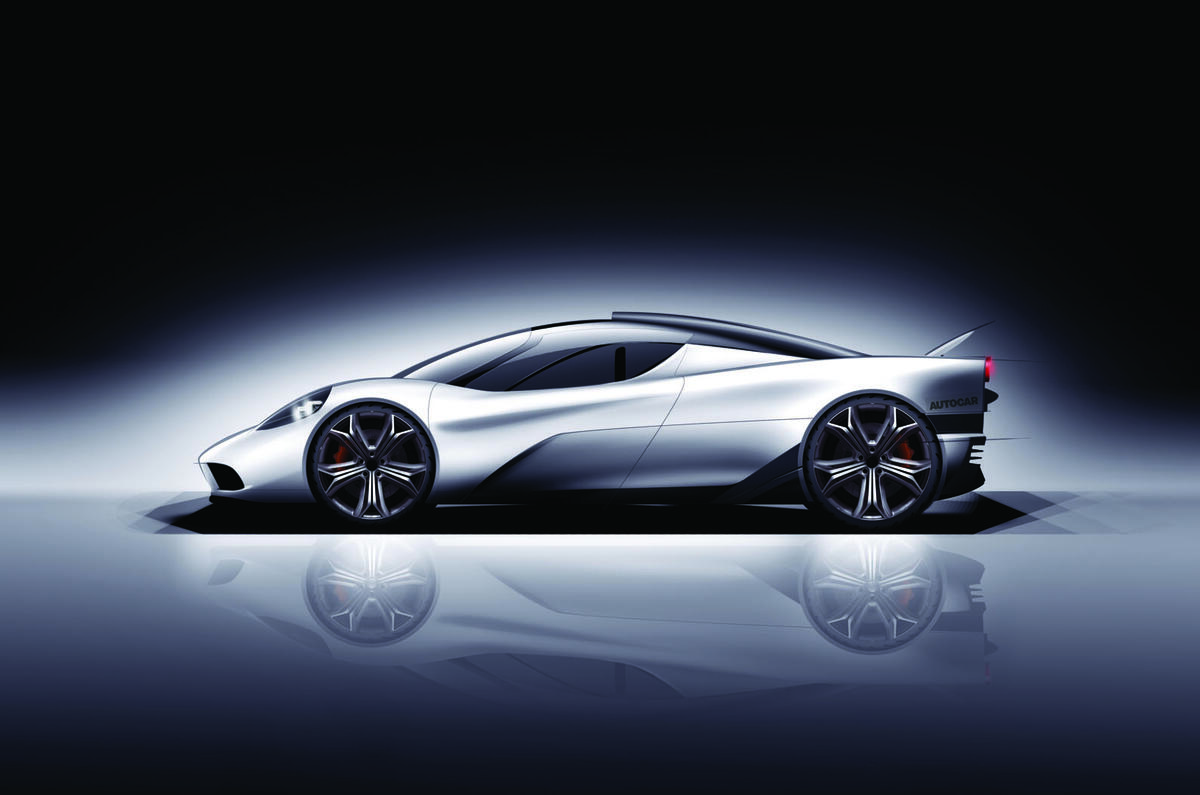
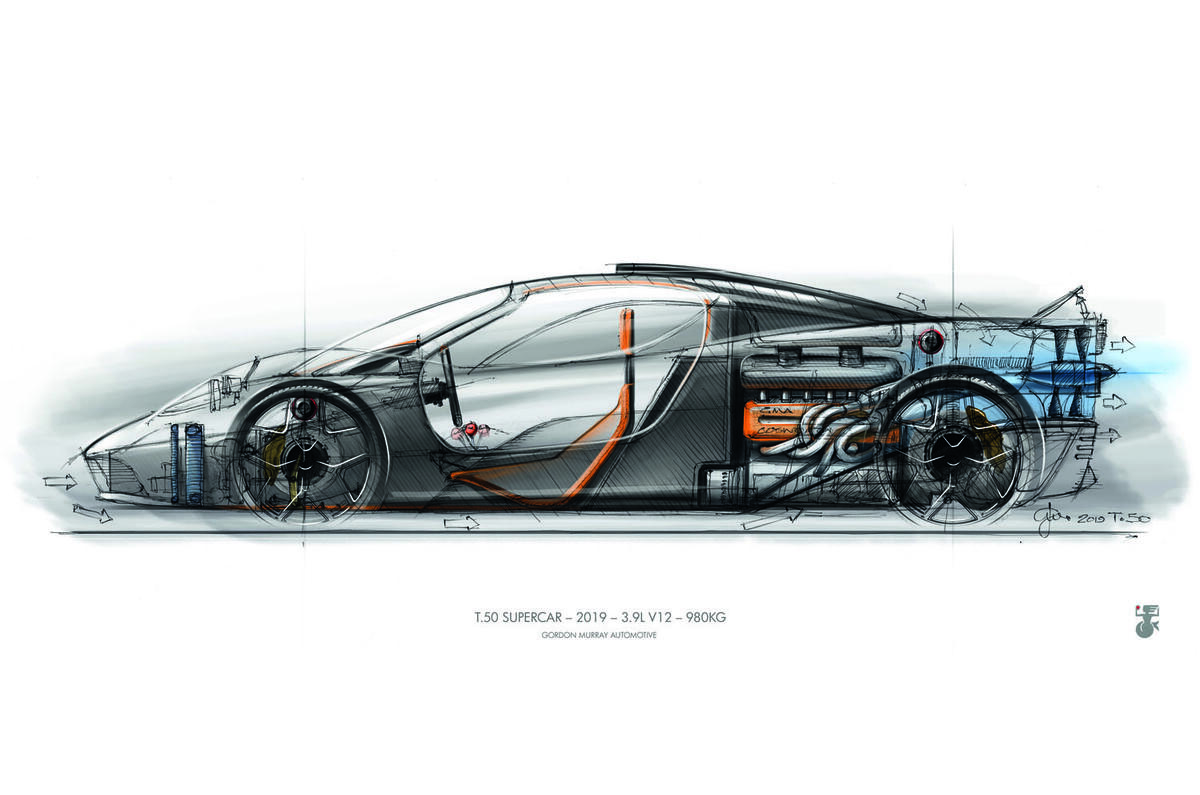
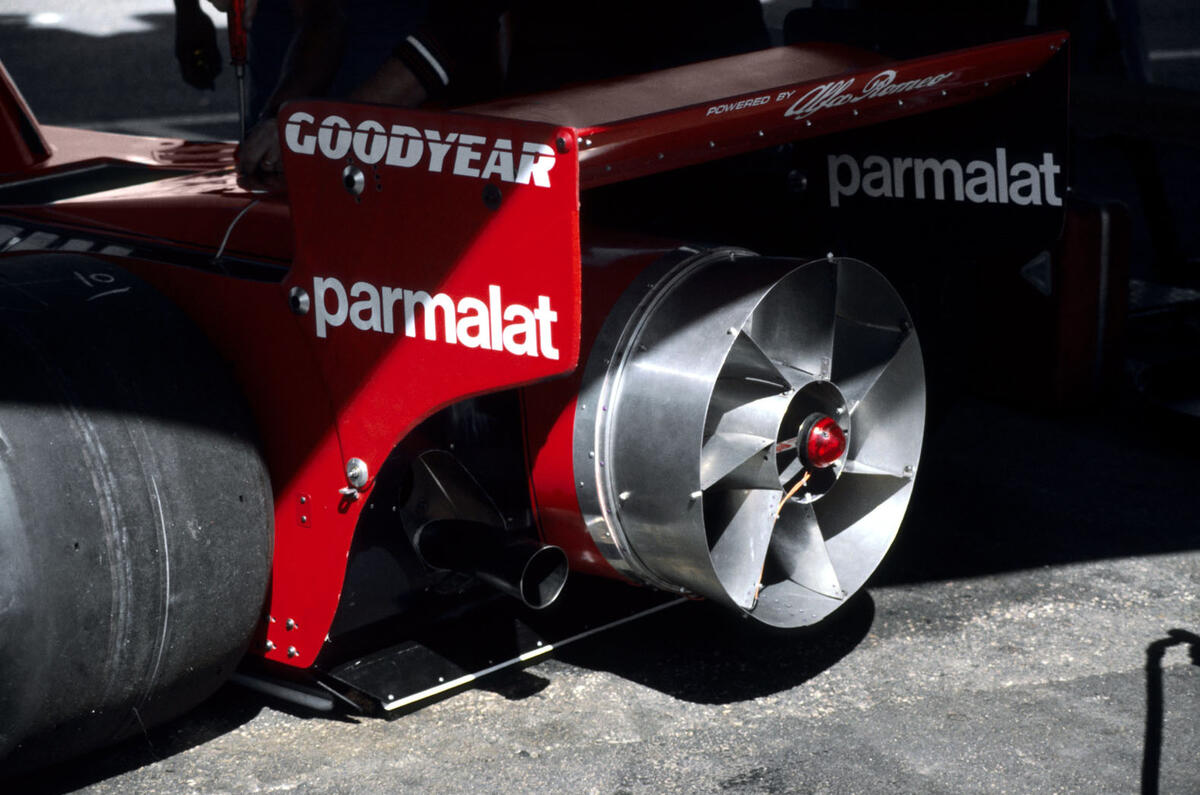
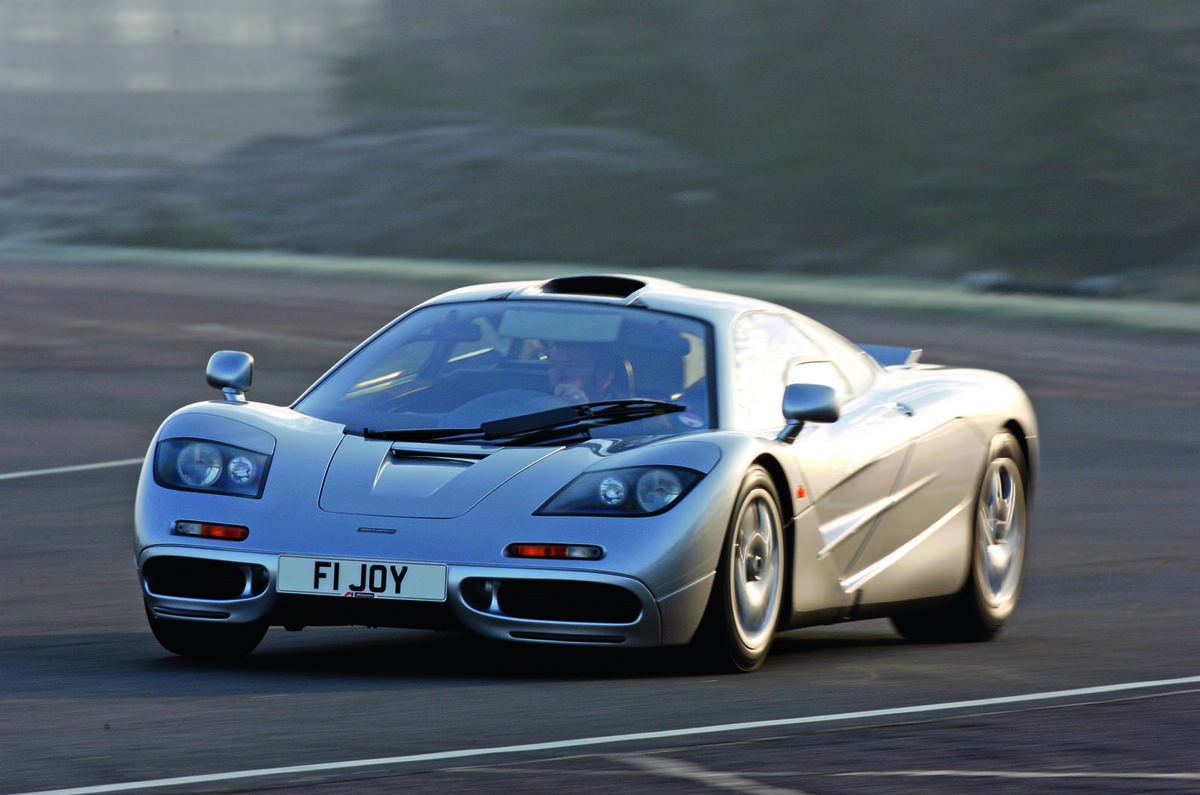
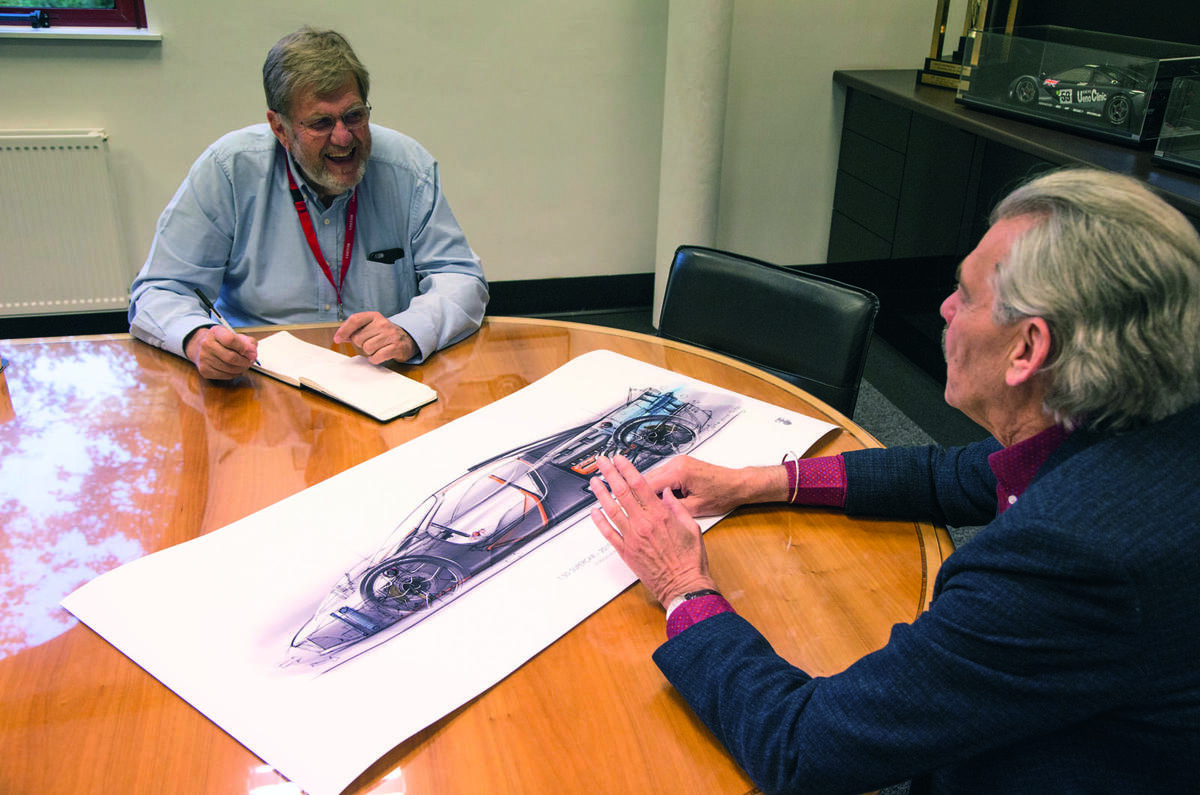
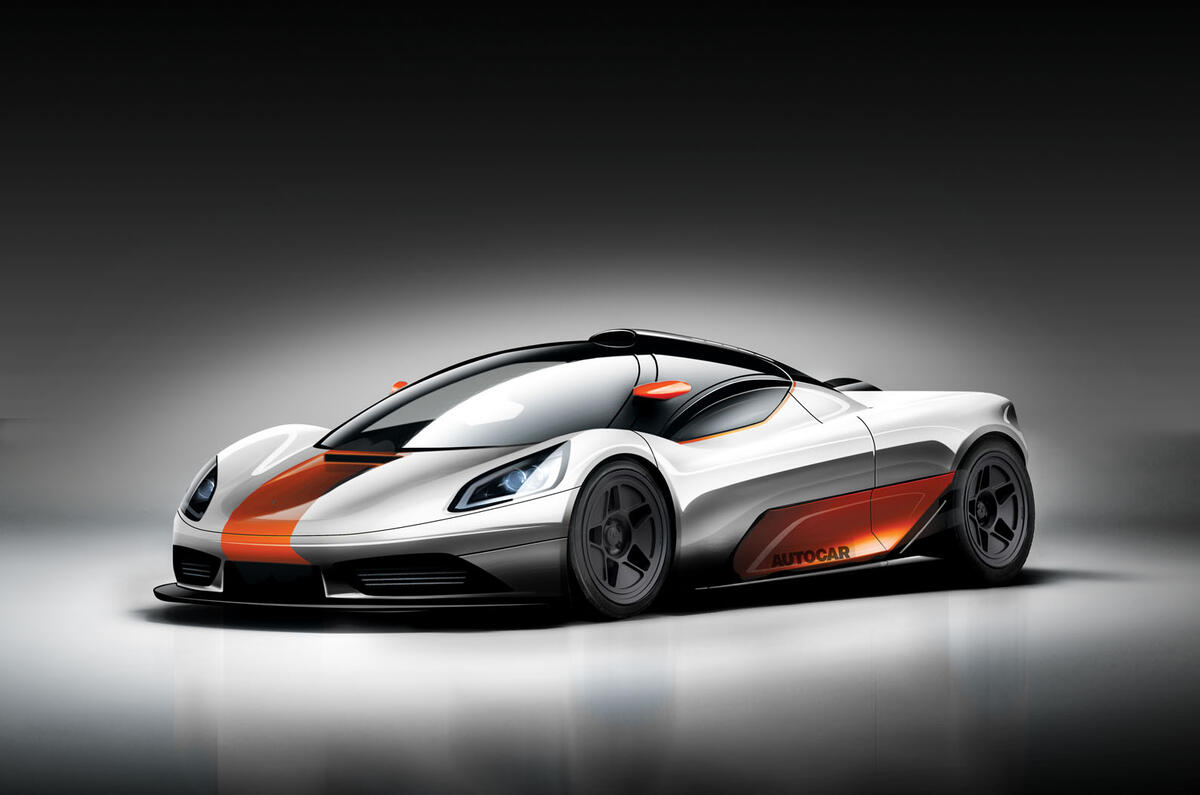
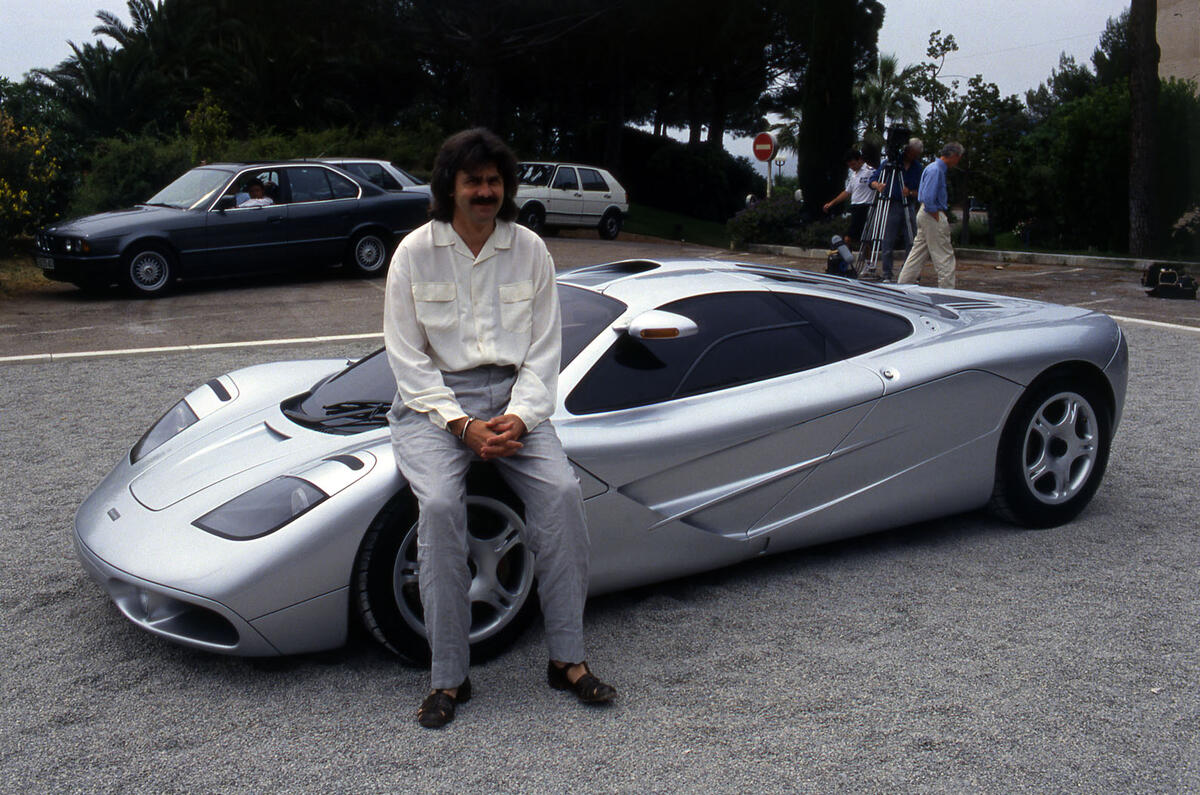
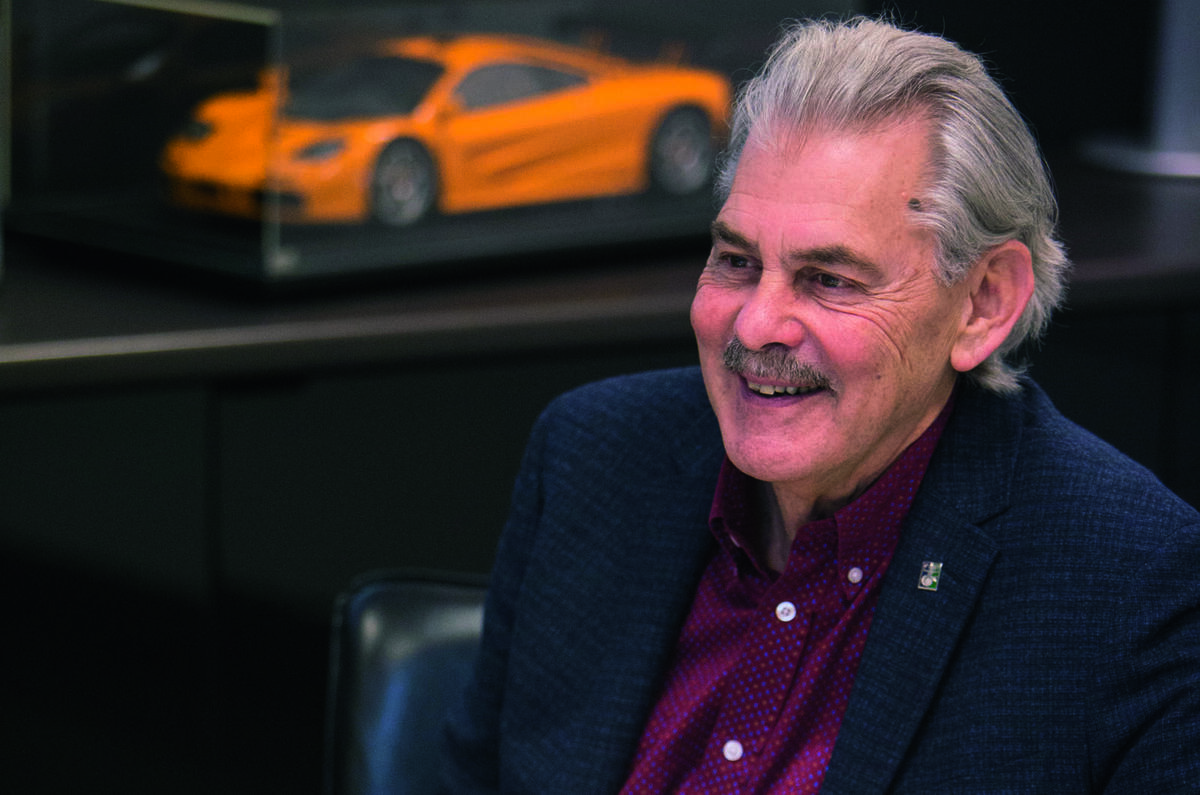
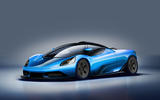
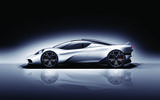
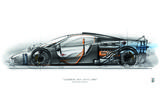

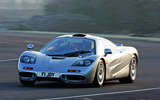



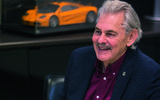

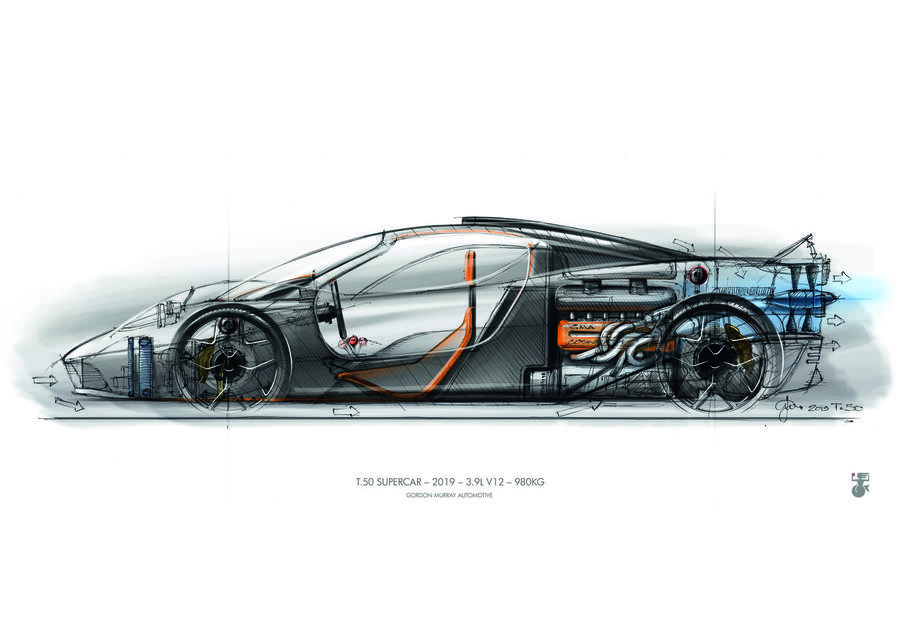
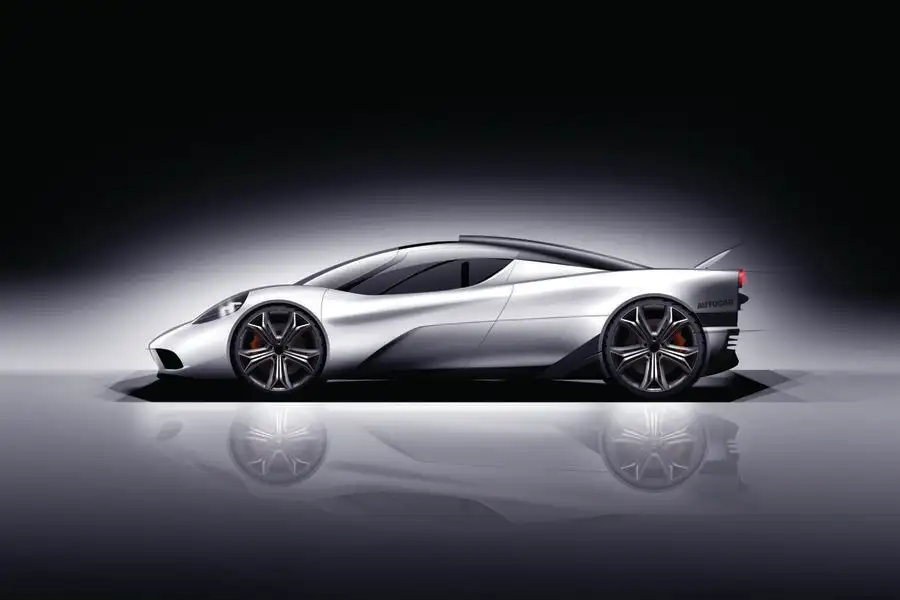
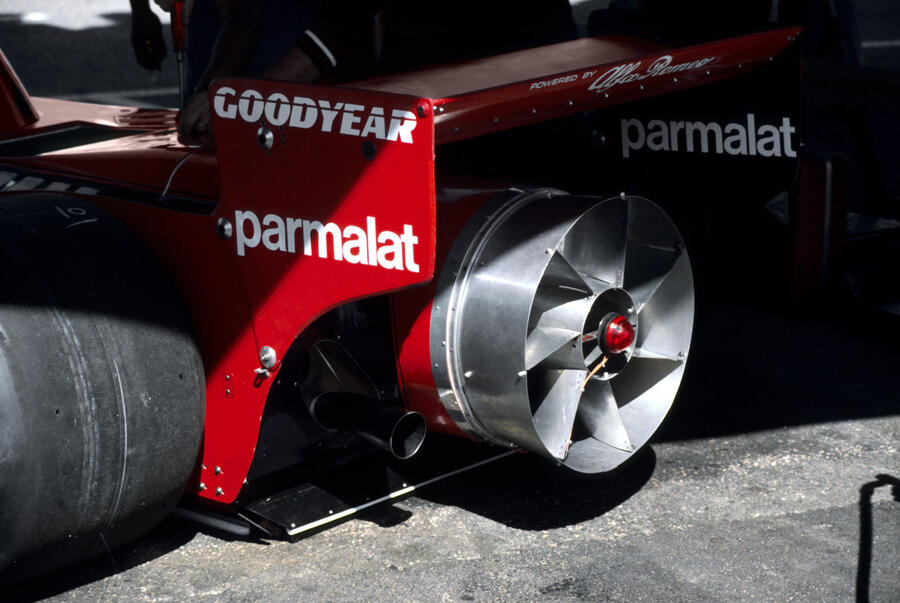
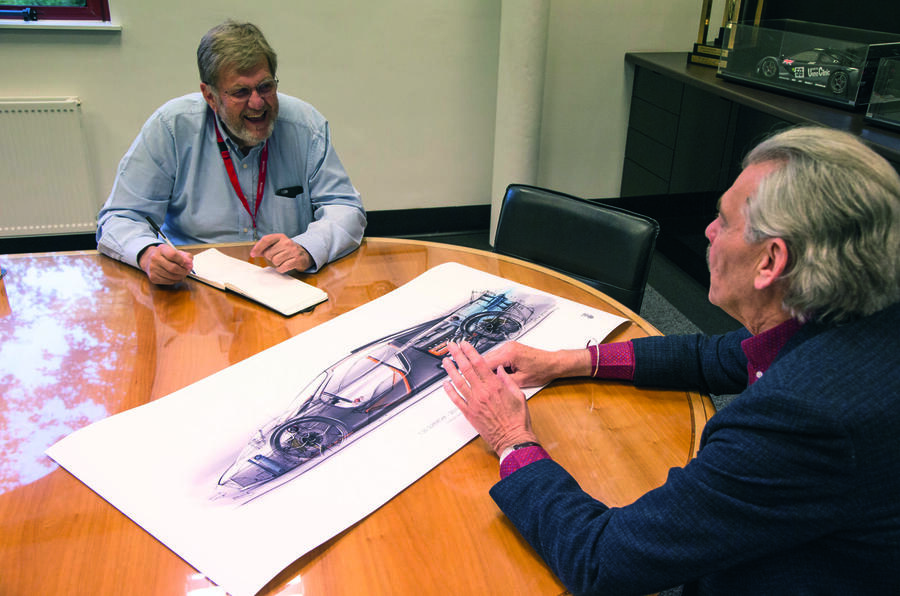





Join the debate
Add your comment
Nice and light
Great stuff...working title "The Bernie" I hope
Sales
I would assume two things, one, that there is enough serious interest in this for it to be announced, and two, that he has enough confidence in the design to announce the figures that he has. If I had to add a third, it would be, as with the F1, the price is ex vat and local taxes (so 3 million + with taxes in the UK).
980kg? I can’t believe it.
Sounds like a last gasp to be relevant when the world has moved on.